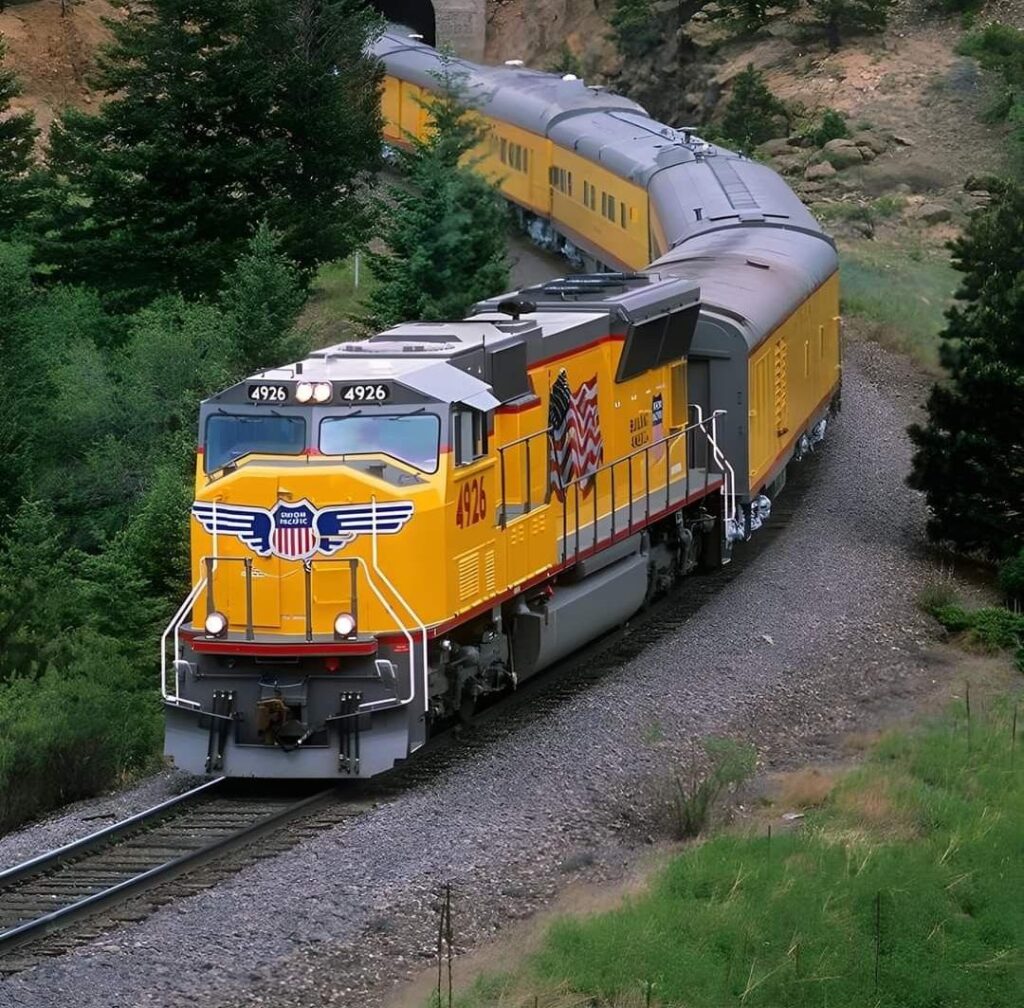Worldwide freight is the backbone of global commerce, moving everything from raw materials to finished goods across continents. Whether you are a small business shipping a single pallet or a multinational corporation managing hundreds of containers, knowing the cost structures, shipping modes, terms, and legal requirements can mean the difference between smooth delivery and costly delays.
This guide takes you through every important aspect of worldwide freight, helping you make informed, profitable shipping decisions.
1. Understanding Worldwide Freight
Worldwide freight refers to international cargo transportation by sea, air, rail, or road, often combining multiple modes for efficiency. It includes not just the physical movement of goods but also:
- Customs documentation and clearance
- Cargo insurance and liability management
- Warehousing and distribution
- Freight forwarding and intermodal transfers
2. Main Worldwide Freight Modes
- Ideal for high-volume, non-urgent cargo such as raw materials, machinery, and consumer goods.
- Lower cost per unit but longer transit times.
- Common container types: 20ft, 40ft, high cube, refrigerated (reefer).
- Fastest method for urgent or high-value goods.
- Limited by weight and size restrictions.
- Best for electronics, pharmaceuticals, fashion items.
- Cost-effective for inland long-distance shipments.
- Growing in popularity for China–Europe trade routes.
- Less affected by weather compared to sea freight.

- Essential for door-to-door delivery and short-to-medium distances.
- Flexible scheduling and access to remote locations.
- Common for regional trade within a continent.
3. Worldwide Freight Costs: Key Drivers
- Mode of Transport – Air freight is generally 4–6× more expensive than sea freight.
- Cargo Weight & Volume – Volumetric weight charges apply in air freight.
- Route & Distance – Direct routes cost less than complex intermodal paths.
- Fuel Prices – Fluctuating fuel rates can impact all modes.
- Customs Duties & Taxes – Vary by commodity codes and country policies.
- Incoterms Agreement – Defines cost responsibilities between buyer and seller.
4. Worldwide Freight Shipping Times, Conditions & Costs
| No. | Mode | Avg Transit Time | Typical Cost Range* | Cargo Volume/Weight Limits | Best Use Cases | Seasonal Impact | Common Incoterms |
|---|---|---|---|---|---|---|---|
| 1 | Sea Freight | 20–45 days | $1,200–$4,000 per container | 20–40ft containers, bulk cargo | Large, heavy, non-urgent shipments | High during holiday peak season | FOB, CIF, CFR |
| 2 | Air Freight | 1–7 days | $4–$8 per kg | Typically up to 3,000 kg per shipment | Urgent, high-value, perishable goods | High rates before holidays | EXW, CIP, DAP |
| 3 | Rail Freight | 10–25 days | $2,000–$6,000 per container | Similar to sea freight containers | Medium urgency, inland destinations | Minimal | FCA, CPT, DDP |
| 4 | Road Freight | 1–10 days | $0.50–$2 per km per truck | Based on truck capacity (1–25 tons) | Regional and short-haul deliveries | Weather disruptions possible | FCA, DAP, DDP |
5. Essential Worldwide Freight Terms (Incoterms)
- FOB (Free On Board) – Seller delivers goods to the port of shipment; buyer handles freight and insurance.
- CIF (Cost, Insurance & Freight) – Seller pays for transport and insurance to the destination port.
- DAP (Delivered at Place) – Seller delivers to the buyer’s premises, excluding import duties.
- DDP (Delivered Duty Paid) – Seller handles all transport, insurance, and import duties.
- FCA (Free Carrier) – Seller delivers goods to a carrier chosen by the buyer.
6. Freight Documentation Checklist
To avoid delays, ensure you have:
- Commercial Invoice
- Packing List
- Bill of Lading / Air Waybill
- Certificate of Origin
- Insurance Certificate
- Import/Export Licenses
- Customs Declarations
7. Supply Chain Tips for Worldwide Freight
- Book in Advance during peak seasons to secure capacity and better rates.
- Optimize Packaging to reduce volumetric charges.
- Use Consolidation Services for smaller shipments to cut costs.
- Track Cargo Digitally to monitor real-time location and status.
- Work with Experienced Freight Forwarders for complex trade routes.
8. Conclusion
Worldwide freight is complex, but with the right planning, documentation, and choice of transport mode, you can achieve cost-efficient, timely, and secure delivery anywhere in the world. Understanding how different modes, costs, and terms interact will give you a competitive edge in international trade.
Request a Quote
Need a tailored solution for your shipping from China?
Let TJ China Freight Forwarder assist you with reliable, cost-effective service.
FAQ:
Q1.What’s the cheapest way to ship worldwide?
Sea freight is usually the most economical for large and heavy cargo, though slower.
Q2.How do I choose between air and sea freight?
Base your decision on urgency, cargo value, and budget. Air is faster but more expensive.
Q3.Can I ship hazardous goods worldwide?
Yes, but you need special documentation, packaging, and carrier approvals.
Q4.How can I avoid customs delays?
Submit accurate documents, classify goods correctly, and comply with all import regulations.
Q5.What is the role of a freight forwarder?
They arrange transportation, handle documentation, and coordinate between shippers, carriers, and customs.



